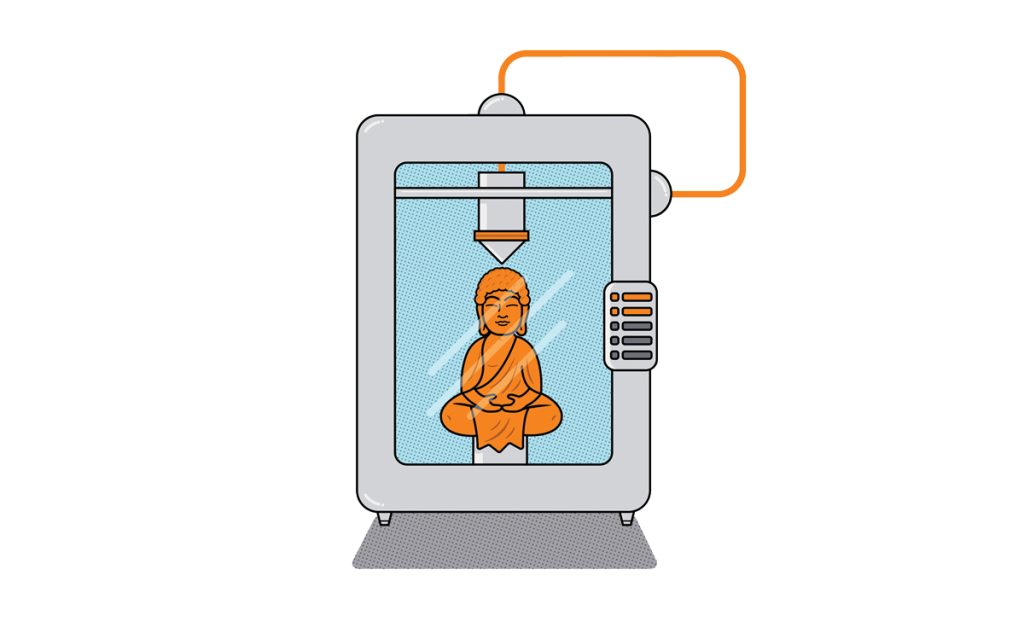Who said that no two things are exactly alike?
In China, thanks to the contributions of modern technology, it seems we have an exception to the rule—almost.
In December 2017, a team of researchers and engineers used 3D printers to recreate one of Chinese Buddhism’s most famous World Heritage sites: the Yungang grottoes in northern China’s Shanxi province.
The grottoes—252 man-made caves carved out of the mountainside in an area of nearly 60,000 square feet—feature shrines and 51,000 sculptures of buddhas, bodhisattvas, and other figures dating back to the 5th and 6th centuries CE.
According to the South China Morning Post, the project was spearheaded by Zhejiang University’s Heritage Research Centre and the Yungang Grottoes Research Institute, which employed 20 3D printers to recreate a life-size version (in 852 assembled parts) of one of the caves, known as Lingyan Temple. Using 3D laser scanning technology and data amassed from 10,000 photographs, the recreation took 6 months of round-the-clock printing to complete.
The cave, measuring 59 feet long, 45 feet wide, and 33 feet high, features sculptures of the Pure Land buddha Amitabha with his two attendants, Mahasthamaprapta and Avalokiteshvara, the bodhisattvas of wisdom and compassion.
Professor Diao Changyu of Zhejiang University told local news stations that he and his team had spent over half a year creating a sand-like paint to mimic the grottoes’ aged sandstone in texture and shade.
The replica is now on public display in Qingdao, in the eastern Chinese province of Shandong.
Thank you for subscribing to Tricycle! As a nonprofit, we depend on readers like you to keep Buddhist teachings and practices widely available.
